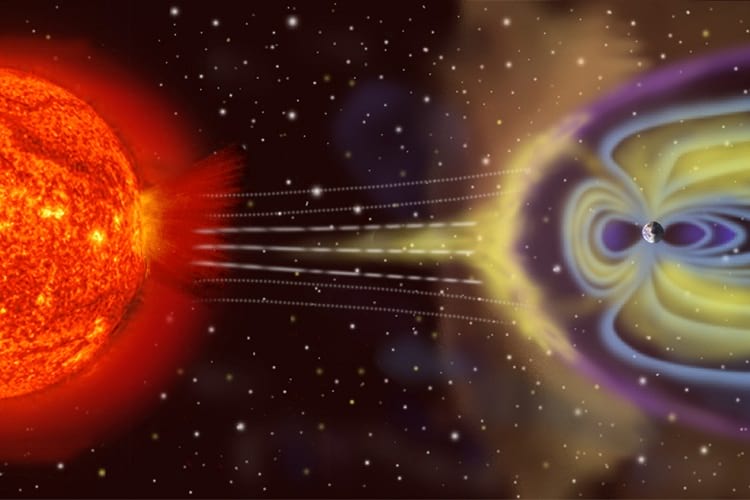- Post score: 18
- #1
I noticed a moon series thread here, so maybe this is the place for my post.
SUN it's still spraying burning gas thousands of miles into space.
10/5 at 5.10 PM. All the spots are flaming hot gasses - it's been very active for several weeks - photo

SUN it's still spraying burning gas thousands of miles into space.
10/5 at 5.10 PM. All the spots are flaming hot gasses - it's been very active for several weeks - photo
You can only see EXIF info for this image if you are logged in.
Last edited:


